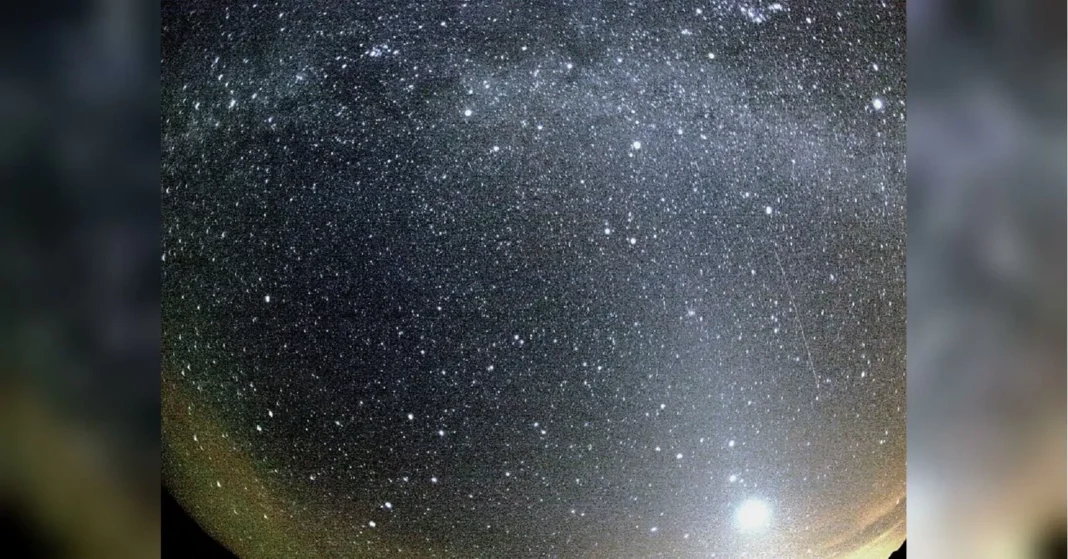Earth Passes Through the Debris Cloud Left by the Famous Comet Halley
Comets have long been objects of fascination and wonder for humanity. These icy bodies, which originate from the outer reaches of our solar system, have captured our imagination for centuries with their mysterious and unpredictable appearances in our night sky. One of the most famous and well-known comets is Comet Halley, named after the English astronomer Edmund Halley who accurately predicted its return in 1758. And now, Earth is about to pass through the debris cloud left by this spectacular comet.
Comet Halley, also known as 1P/Halley, is a periodic comet that orbits the Sun every 75-76 years. It was first recorded by Chinese astronomers in 240 BC and has been seen and documented by civilizations throughout history. Its most recent appearance was in 1986, and it will return to our skies in 2061.
But even when Comet Halley is not visible to the naked eye, it leaves a lasting impact on our planet. As it travels through our solar system, it leaves behind a trail of debris composed of dust and small rocky particles. This debris is scattered along the comet’s orbit, creating a vast cloud that spans millions of miles. And every year, as Earth orbits the Sun, it passes through this debris cloud, resulting in one of the most spectacular meteor showers known as the Eta Aquarids.
The Eta Aquarids meteor shower takes place every year from late April to mid-May, with its peak activity around May 6th. This year, Earth will pass through the densest part of Comet Halley’s debris cloud on May 6th, providing a spectacular show for stargazers and skywatchers.
During the peak of the meteor shower, observers can expect to see up to 30 meteors per hour, with some reaching speeds of 148,000 miles per hour as they enter Earth’s atmosphere. These meteors, also known as shooting stars, are the result of tiny dust particles burning up as they collide with our atmosphere.
The best time to observe the Eta Aquarids meteor shower is in the pre-dawn hours, when the constellation Aquarius, from which the meteors appear to radiate, is high in the sky. However, with a new moon this year, the dark sky conditions will provide an excellent opportunity for viewing the meteor shower throughout the night.
But why is the Eta Aquarids meteor shower associated with Comet Halley? The answer lies in the composition of the debris cloud. As Earth passes through the cloud, it encounters debris that was shed by Comet Halley during its previous visits to the inner solar system. This debris burns up in our atmosphere, leaving behind a trail of light that we see as meteors.
The Eta Aquarids meteor shower is not only a spectacular sight but also a reminder of the interconnectedness of our solar system. This debris cloud left behind by Comet Halley provides valuable insights into the composition and evolution of our solar system. By studying the chemical makeup and trajectory of the meteors, scientists can gain a better understanding of the origins of our solar system and the role that comets like Halley play in shaping it.
Moreover, the Eta Aquarids meteor shower is a testament to the enduring legacy of Comet Halley. This comet, which has been observed and recorded by civilizations for thousands of years, continues to leave its mark on our planet with its debris cloud. And with its predictable return every 75-76 years, it will continue to captivate and inspire future generations.
So, mark your calendars and make sure to step outside on the night of May 6th to witness the spectacular Eta Aquarids meteor shower. As Earth passes through the debris cloud left by Comet Halley, take a moment to appreciate the beauty and wonder of our solar system and the enduring legacy of this famous comet.

